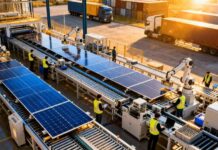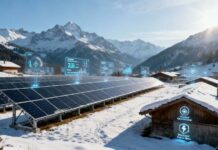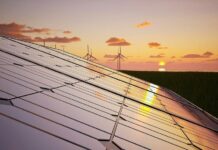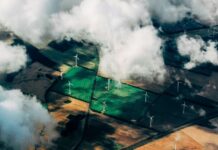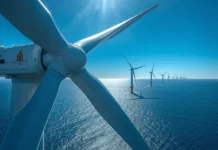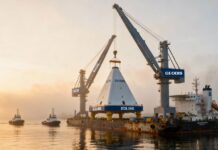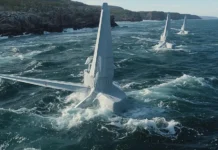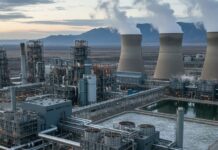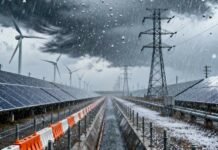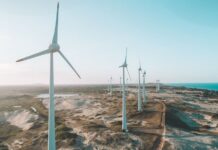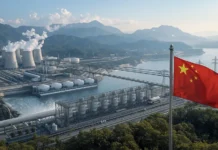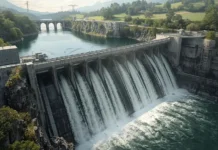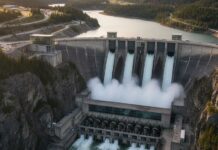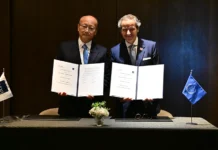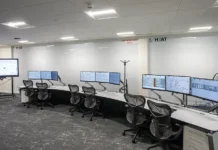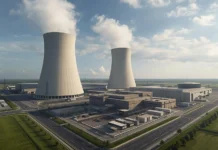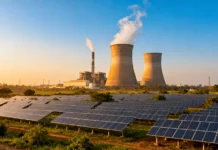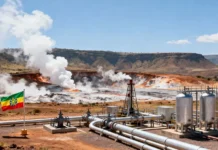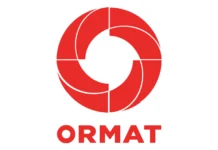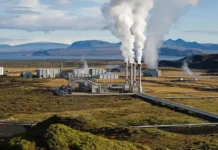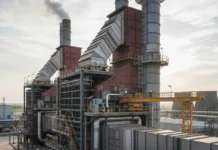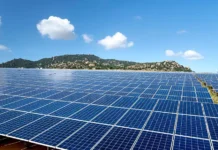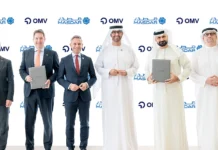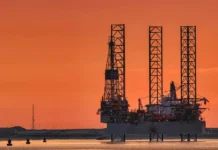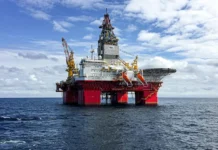Ever wondered about a machine standing taller than a skyscraper, braving fierce winds to create clean energy, and at the heart of it lies something strong, silent, and essential? It’s casting. Wind turbine casting might not be the star of the show, but without it, nothing spins, nothing generates, and nothing works. It’s where strength meets precision, and where every detail matters. In this article, let’s understand wind turbine casting, its importance, and how the wind turbine casting market is expanding.
What is Wind Turbine Casting?
Wind turbine casting is the large, heavy-duty metal components, such as the hub, main frame, and bearing housings, that are manufactured through casting processes and form the structural backbone of a wind turbine. These castings are designed to withstand extreme loads, vibrations, and environmental conditions while ensuring the stability and performance of the turbine. Typically made from materials such as cast iron or steel, they provide the strength and durability needed for long-term, reliable energy generation.
Market Insights
The global wind turbine casting market size was valued at USD 2,418.35 million in 2024 and is projected to grow to USD 4,597.45 million by 2034, exhibiting a CAGR of 6.6% during the forecast period.
Importance of Wind Turbines
Wind turbine casting plays a crucial role in the overall structure and stability of the turbine. Also, it’s important for wind turbine protection. It forms the foundation for key components such as the hub, nacelle frame, and bearing housings, which must withstand high mechanical stress, heavy loads, and constant vibrations during operation. A well-designed casting ensures the turbine runs smoothly, safely, and efficiently over its lifespan, even in harsh weather conditions. Without strong and precise castings, the structural integrity and performance of the entire turbine would be compromised.
Types of Wind Turbines
Wind turbines come in different designs to suit various environments and energy needs. The two main categories are explained below:
Horizontal Axis Wind Turbines (HAWTs)
HAWTs are the most commonly used wind turbines around the world. Their blades rotate around a horizontal axis, similar to the way airplane propellers work. These turbines are usually mounted on tall towers to catch stronger, more consistent winds at higher altitudes. They are highly efficient and widely used in both onshore and offshore wind farms.
Vertical Axis Wind Turbines (VAWTs)
VAWTs have blades that rotate around a vertical axis, allowing them to capture wind from any direction without needing to be repositioned. This makes them ideal for urban or complex terrain environments where wind direction is unpredictable. While generally less effective than HAWTs, VAWTs are easier to maintain and can be installed closer to the ground.
View More Information @ https://www.polarismarketresearch.com/industry-analysis/wind-turbine-casting-market/request-for-sample
The Growing Wind Turbine Casting Market
- The market growth is fueled by the global push for renewable energy and sustainable solutions. Advancements in casting technologies, including precision casting, 3D printing, and the use of advanced materials, have enhanced the strength, efficiency, and reliability of wind turbine components, further boosting demand in the industry.
- The wind turbine casting market is expanding, driven by improvements in manufacturing methods and materials that boost the durability and efficiency of turbine components. This growth is further supported by the rising number of wind energy projects worldwide and continued investment in research and development.
- Government policies and initiatives focused on reducing carbon emissions are encouraging greater investment in wind energy infrastructure.
What are the Wind Turbine Casting Market Trends?
The market is evolving rapidly, reflecting the broader shift toward renewable energy and technological innovation. Here are some of the trends propelling the market growth:
- Urbanization and Industrialization: Rapid urbanization and industrial growth in developing countries are significantly boosting the demand for energy, leading to increased investment in renewable sources such as offshore wind energy. As these regions work to expand their infrastructure while reducing carbon emissions, the need for durable and cost-effective wind turbine components, particularly castings, is rising.
- Favorable Government Policies: Governments worldwide are rolling out supportive policies that significantly boost the wind turbine casting market. Incentives such as feed-in tariffs, renewable portfolio standards (RPS), tax credits, green bonds, and dedicated funding create a stable and attractive environment for investment in wind infrastructure.
In Conclusion
The wind turbine casting market stands as an important pillar in the global transition to clean energy. While often overlooked, castings are the foundation of every reliable, high-performing wind turbine, ensuring strength, precision, and long-term durability. As the world accelerates toward renewable energy, driven by technological advancements, urban development, and supportive government policies, the demand for quality cast components continues to rise.
Read More @ www.polarismarketresearch.com



